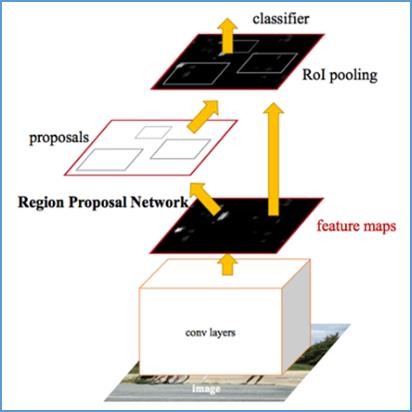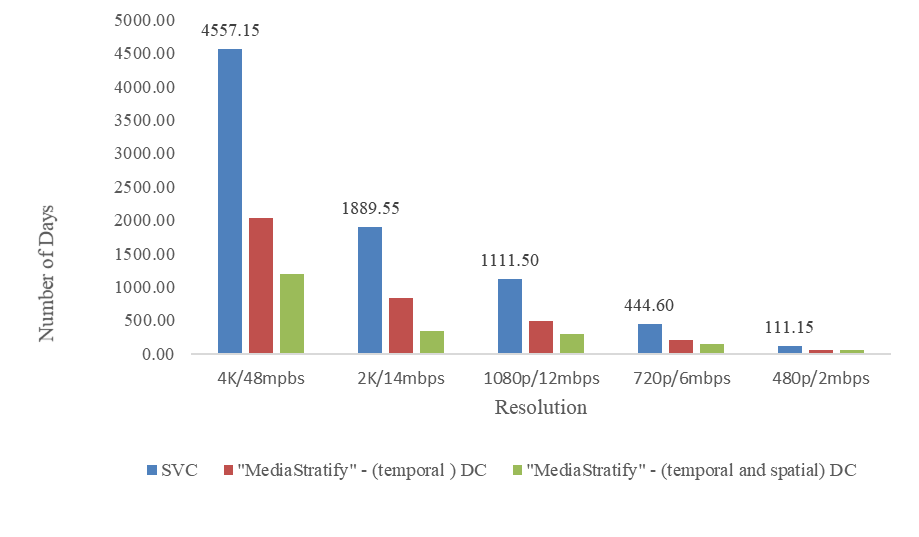Cloud Systems, innovative next-generation technologies and methodologies are reshaping our way of living. The emerging converged platform for growth and innovation is built on four technology pillars: mobile computing, cloud services, big data and analytics, and social networking.
In Cloud Systems open-access journal you can find research articles, review articles, commentaries, editorials, technical articles, and short communications with a triannual frequency. What are the examples of innovative research from the published issues?
1 Predictive Analytics In Weather Forecasting Using Machine Learning Algorithms

As the research article authors, Aastha Sharma and Vijayakumar V (Vellore Institute of Technology) stated, agriculture is the backbone of every economy. In a country like India, which has ever-increasing demand of food due to the rising population, advances in the agriculture sector are required to meet the needs. To add to it, the present economic conditions and government policies of India are such that it necessitates the adoption of Precision farming or smart farming. It will enable the farmers to maximize their crop yields and minimize the input costs as well as the losses due to reasons like uncertain rainfall or droughts.
Machine learning algorithms play a major role in predictive analytics, which uses the current and past historical data sets to discover knowledge from it and by using that data it the predict future occurrences. In this research article, you can learn more about the proposed algorithm such as linear and decision tree for weather forecasting and prediction. Predictive Analytics In Weather Forecasting Using Machine Learning Algorithms appears in issue 14 of EAI endorsed transactions on Cloud Systems journal.
3 Concepts of scheduling and resource management in cloud computing
Cloud computing delivers computing resources like software and hardware as a service to users through a network. Due to the scale of the modern datacentres and their dynamic resources provisioning nature, we need efficient scheduling techniques to manage these resources.
In this research article, authors Rasha A. Al-Arasi, and Anwar Saif (Sana‘a University), introduced the main concepts of scheduling and resource management in cloud computing. Moreover, they presented a comparative analysis of meta-heuristic scheduling techniques in cloud computing by considering the optimization criteria, natures of tasks, user and provider desire, and simulation environment. Task scheduling in cloud computing based on metaheuristic techniques: A review paper appears in issue 17 of EAI endorsed transactions on Cloud Systems journal.
4 Deep Learning based MURA Defect Detection
MURA defects in LED/LCD panels are one of the most challenging defects for Automatic Defect Classification and Localization (ADC) due to their extremely low contrast when compared with the background. As the authors Ramya Bagavath Singh, Gaurav Kumar, Gaurav Sultania, Shashank Shrikant Agashe, Priya Ranjan Sinha, and Chulmoo Kang (all from Samsung Electronics) stated, Manual detection is subjective, error-prone, very tedious, and time-consuming.

Even when the type of MURA defects can be ascertained manually, the exact bounding box for the defect is hard to determine. Deep Learning based MURA Defect Detection appears in issue 15 of EAI endorsed transactions on Cloud Systems journal.
5 A Novel and Optimal approach for Multimedia Cloud Storage and Delivery to reduce Total Cost of Ownership
In the era of digital communication, and explosion of social media, users generate and share a lot of information most of which is audio visual content. This kind of multimedia content requires good amount of storage in the local device space as well at the network space. In the available parlance of multimedia cloud storage, when the content is streamed from the content server, the bit-stream is typically adapted depending on the available network bandwidth between the client and server session, for example by using Scalable Video Coding (SVC) technique.
However, in the case when the content is downloaded at the client for offline viewing, with say a resolution ‘Low-Res-1’, the multimedia clouds, do not offer an additional mechanism to upgrade to a new resolution say ‘High-Res-2’, without downloading a new file version all over again. In this paper, the authors Sreelakshmi Gollapudi, Kartikeshwar Rath, Tushar Vrind, Deepak TY, and Prasad R Rao (all from Samsung Electronics India) propose “MediaStratify” as a novel and optimal approach built on top of SVC to give a scalable solution for storing, sharing and upgrading the multimedia content for viewing offline.
Based on the proposal, multimedia content will be stored as layers or ‘stratified’ and distributed over the cloud infrastructure. Through the devised protocol, the end node fetches the partial offsets (spatial, temporal or quality) and upgrades the files through reconstruction. Enterprise applications can utilize the scheme by installing the proposed novel combiner over the file transfer service, the solution can save network bandwidth and power consumption. The most important contribution is to bring down the Total Cost of Ownership (TCO) for any multimedia cloud or data center by reducing storage requirements by 50 ~ 74% over classical methods, yet achieve the goals of media hosting.

A Novel and Optimal approach for Multimedia Cloud Storage and Delivery to reduce Total Cost of Ownership appears in issue 17 of EAI endorsed transactions on Cloud Systems journal.
6 A way to increase Power Conservation in Voice over New Radio devices
With the introduction of 5G New Radio, telecom operators are planning to integrate network elements of in different configurations for a phased and overlaid deployment and coexistence with 4G.
The power consumption for a User Equipment is dependent on the physical resource allocation strategy in the serving cell. Available procedures of system selection defined in 3GPP are based on measurement of reference signal power levels and priority criteria as defined in the System Information of the 5G/4G network.
In this paper, the authors Kashmira Kapoor, Dandra Prasad Basavaraj, Shrinath Ramamoorthy, and Tushar Vrind (Samsung Semiconductor India) discussed novel protocol and algorithm through which the UE maintains a history of availability of features like Semi-Persistent Scheduling (SPS), Connected Mode Discontinuous Reception (CDRX) and Voice over NR (VoNR) in the serving area of a cell and uses this information later during system reselection evaluation due to mobility.

Through their proposed changes, a UE a) gets VoNR service more often and b) conserve more energy when the user activates VoNR service. In this paper, they present an analytical model and through simulation show that during VoNR service, power is conserved due to SPS and CDRX on the selected cell. Novel Method for Increased Power Conservation in Voice over NR (VoNR) devices appears in issue 18 of EAI endorsed transactions on Cloud Systems journal.
Subscribe to our Cloud Systems journal and never miss new content in your field of research.

